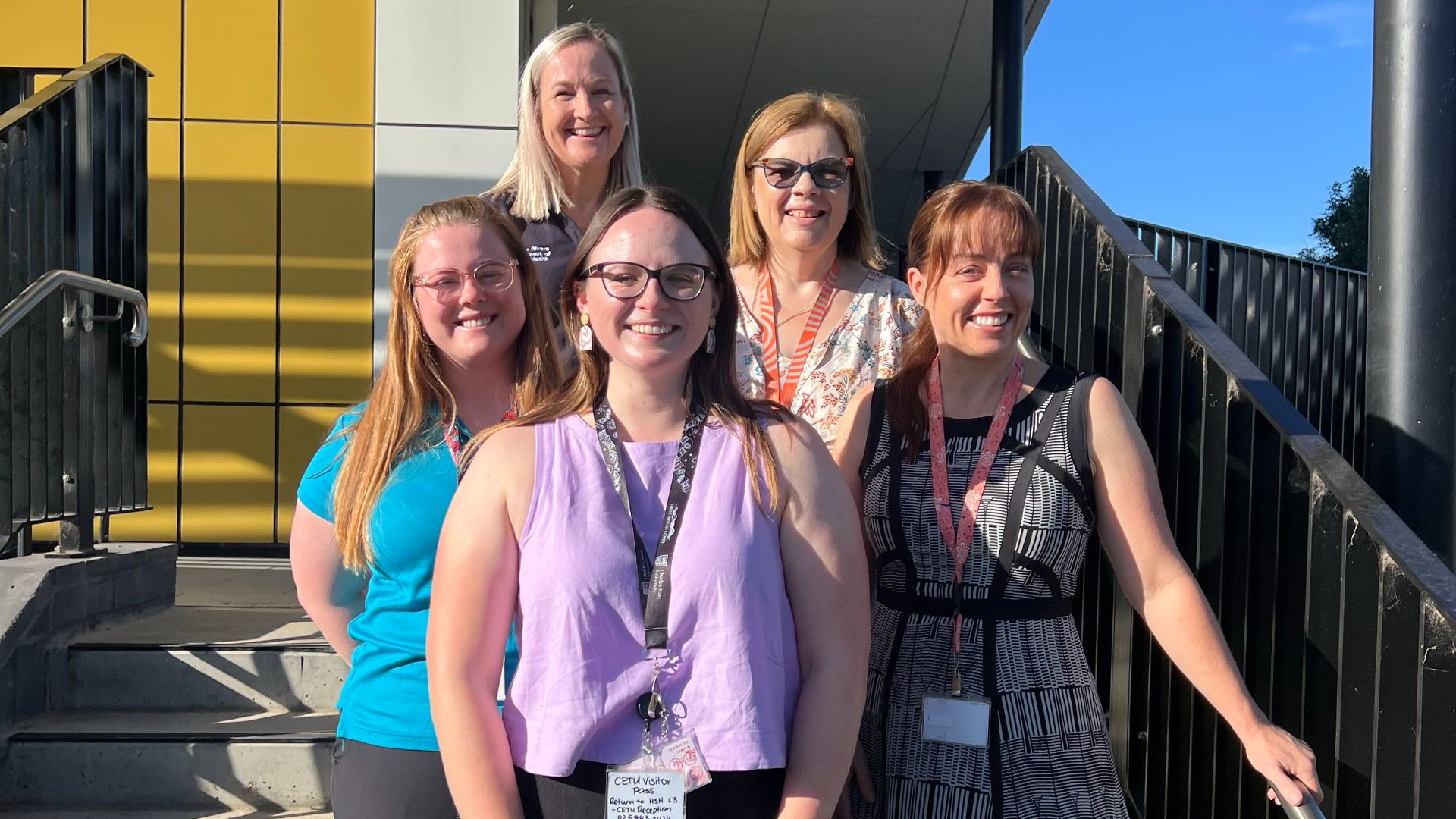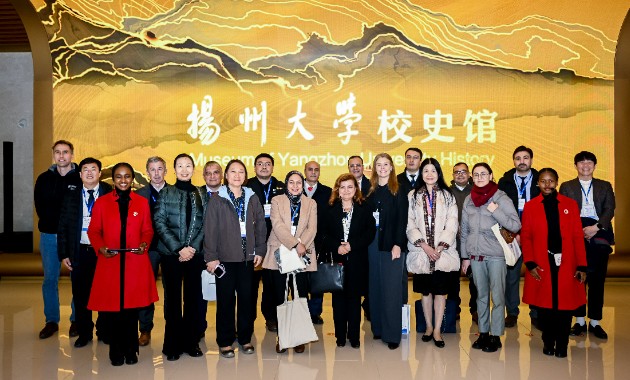- Charles Sturt’s Three Rivers Department of Rural Health and Murrumbidgee Local Health District host a simulation training day for 23 students
Enhanced patient care was at the centre of a recent a simulation-enhanced interprofessional education day (Sim-IPE) for Charles Sturt University nursing, medicine, physiotherapy, occupational therapy, and medical radiation science students.
Three Rivers Department of Rural Health (DRH) and the Murrumbidgee Local Health District (MLHD) hosted the event which focused on understanding interdisciplinary roles in patient care for students on a rural health placement in the region.
Clinical simulations of a patient who had fallen in a residential setting and sustained a hip fracture tested the students in numerous scenarios that all relied on a different discipline, such as paramedicine, nursing, physiotherapy, and occupational therapy.
There were seven scenarios involving students acting as primary clinicians with industry professionals as their secondary clinician.
Simulations were run at MLHD’s Clinical Education Training Unit in the Wagga Wagga Base Hospital Health Hub. The content was developed by the MLHD in collaboration with Three Rivers DRH, which is funded under the Australian Government’s Rural Health Training Program. Educators from both organisations facilitated the Sim-IPE and student debriefing sessions.
Lecturer in Rural Health with Three Rivers DRH Ms Kathryn Castelletto said the simulation gives students a good overview during the different stages of patient assessment and care.
“Our aim is for students to explore interprofessional education and learning, broaden their understanding of what other disciplines roles and responsibilities are in patient care and collaborate on patient care,” she said.
“Observing and debriefing on the entire patient journey, from paramedic intervention to outpatient rehabilitation, is an experience not necessarily available on a clinical placement or even as a professional.”
Student learning outcomes from the training include describing the goals and scope of different health disciplines, identifying different points of care, providing examples of collaborative practice between health professionals, demonstrating clinical interaction with patients and/or caregivers and providing examples of how interprofessional learning contributes to competence in health practice.






Social
Explore the world of social